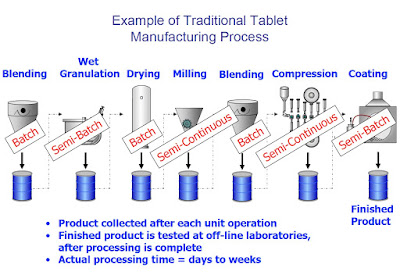 |
| Pultruded FRP suspendible roof structure. |
Pultruded composite sections can be used to design and install lightweight, corrosion-resistant and electrically non-conductive alternatives to steel structures, particularly where speed and ease of construction are important. Pultruded FRP has performance characteristics similar to other construction metals, but unlike steel, it is EM/RF transparent and doesn’t disrupt equipment signals.
Benefits:
- Pound-for-pound stronger than steel.
- Comparable structural performance to other metals such as aluminum, but without the conductivity, corrosion or impact limitations.
- Can be painted, coated or pigmented during manufacture for little-to-no maintenance in highly aggressive environments
- Designed for UV performance
- Enables rapid cleaning with aggressive solvents at high pressures
- Meets industry requirements for durability, smoothness, absorbency, color, corrosion resistance and washability
- Structural profiles and plates
- Decking and planking
- Platforms, stairs, ladders and cages
- Handrails, guarding and kickplates
- Grating and gridmesh
- Bridge components
- Structural building panels
- Sheet piling and round pile
- Containment systems
- Ballistic and storm panels
- Connection hardware
Pultruded FRP composites are ideal for structural elements where a strong, lightweight material is needed; corrosion is a concern for steel or other metals; RF permeability is needed; and low thermal or electrical conductivity is important.
To discuss using pultruded FRP composites on your next project, contact Process Systems Design by calling (410) 861-6437 or visit https://www.processsystemsdesign.com.








